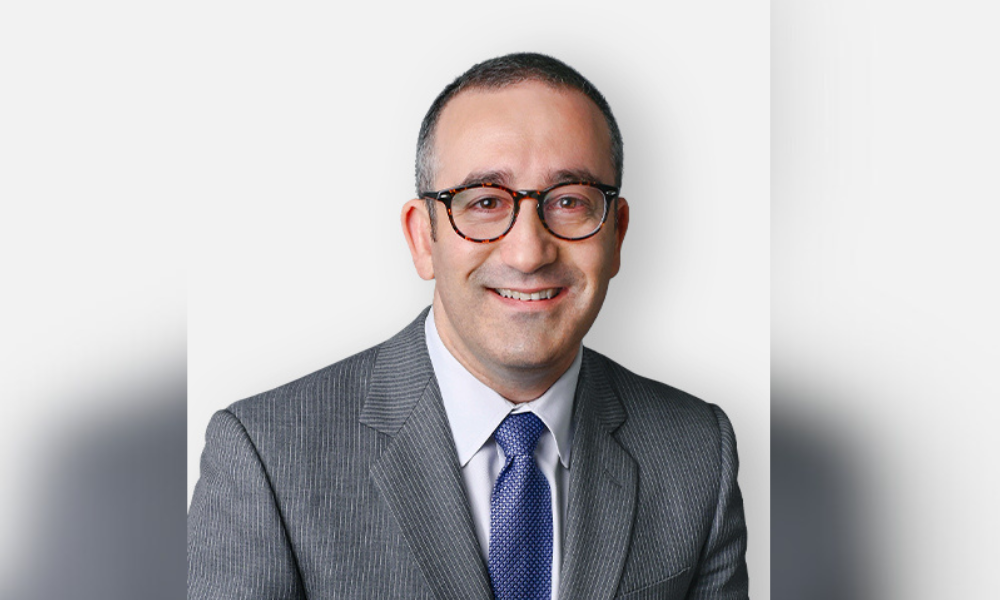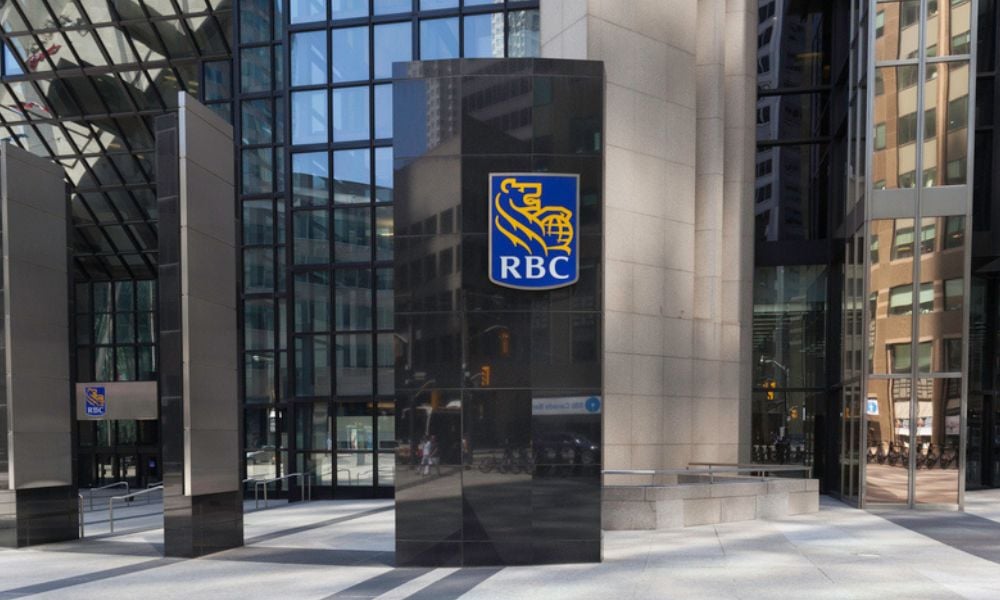Employee took educational leave but had surgery and ended up working another job instead – without telling employer
A British Columbia employer had just cause to fire an employee who ended up working for another employer rather than attending school during an educational leave, an arbitrator has ruled.




